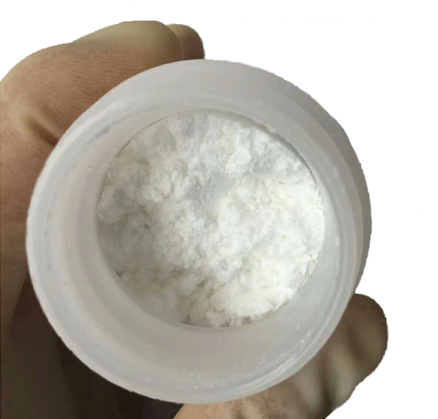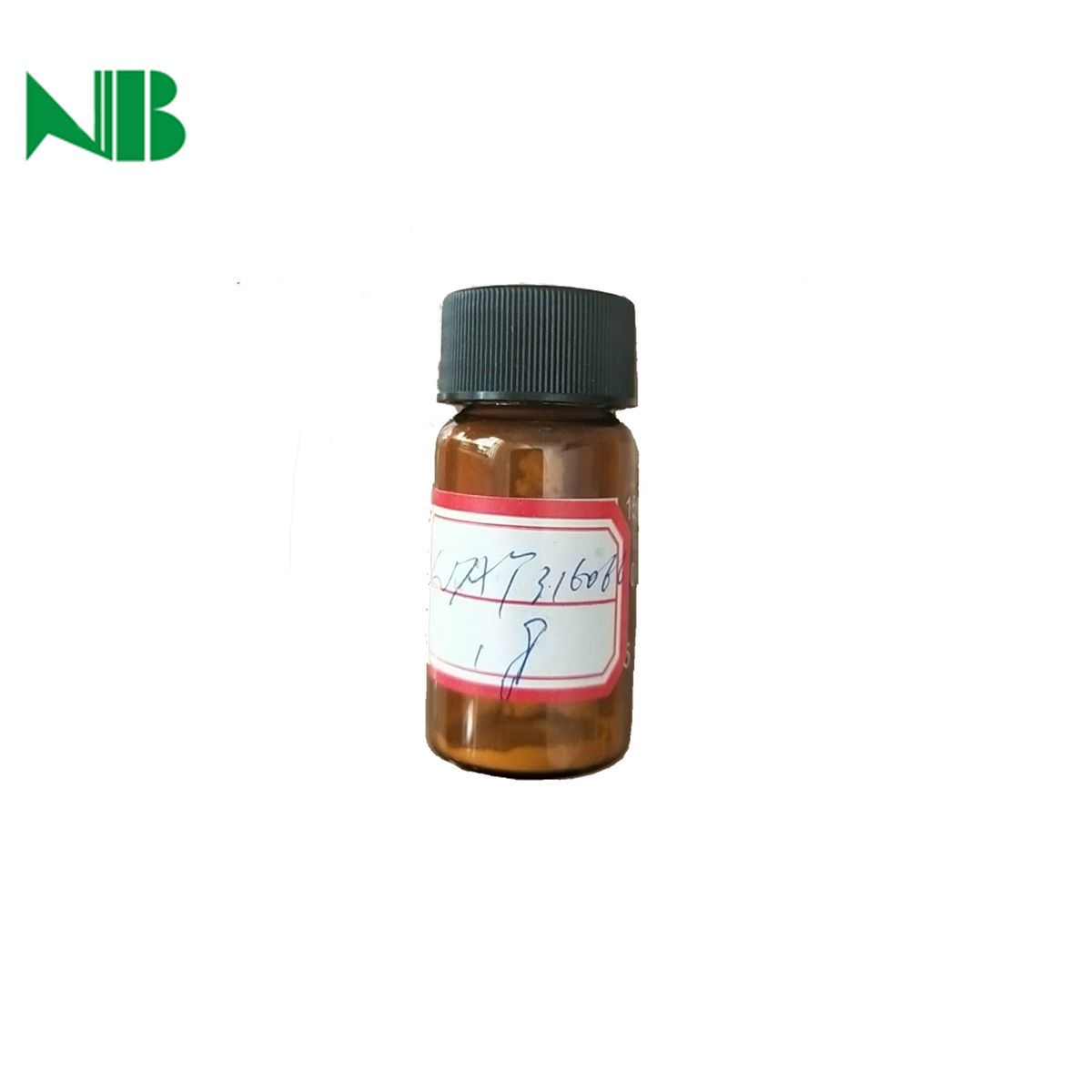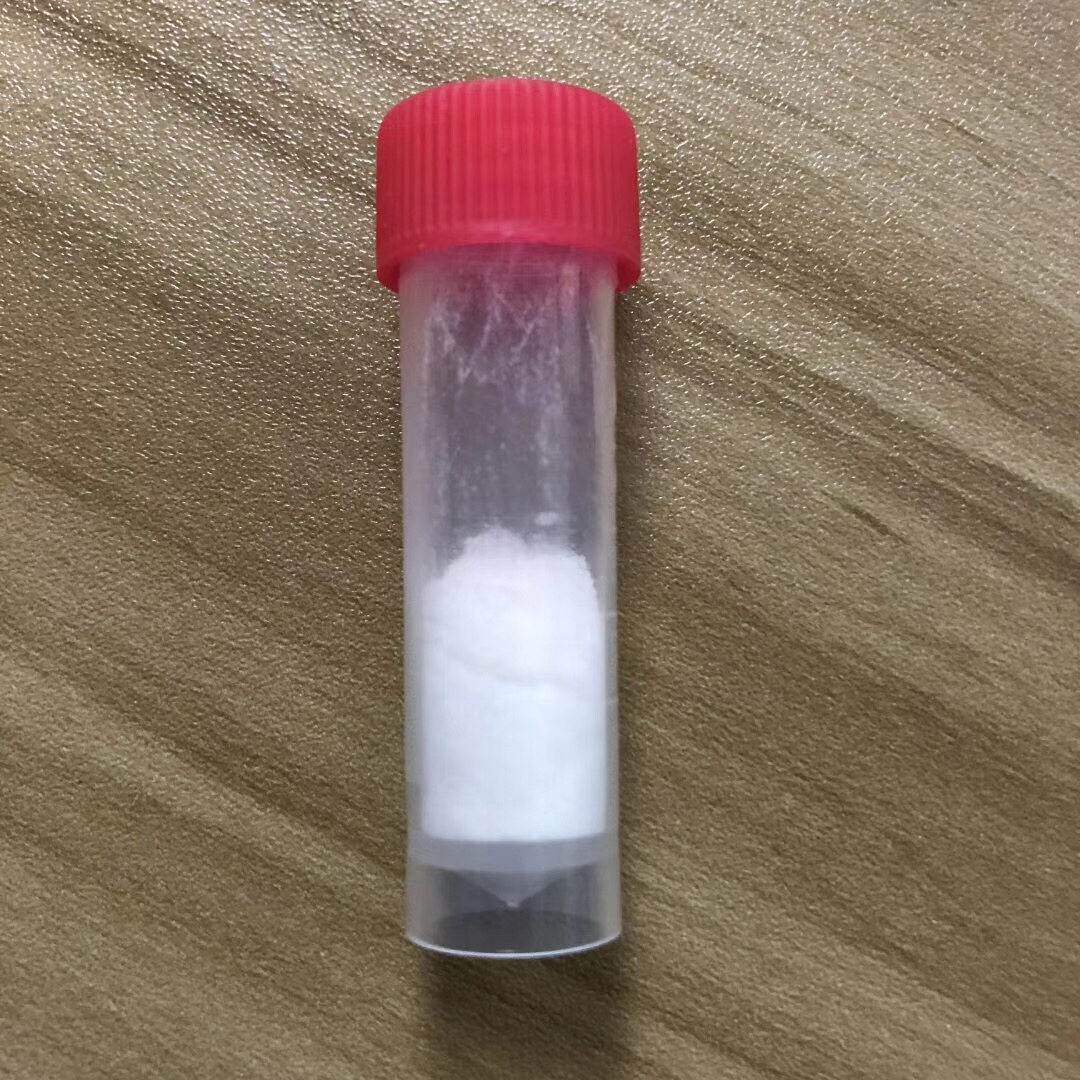Comparative Analysis of Four Hair Loss Compounds
ru58841
Chemical class: non-steroidal androgen receptor antagonist (topical application).
Setipiprant
Chemical class: oral CRTH2 (PGD2 receptor) antagonist.
Way-316606
Chemical class: topical topical SFRP1 (secretory frizzled-related protein 1) inhibitor.
Fevipiprant
Chemical class: oral CRTH2 antagonist, similar in structure to Setipiprant but more selective.








